The public announcement of a merger or acquisition marks the starting line for a new, stronger business. It’s the moment when different stakeholders form their first impression of the deal and its significance. The role of communication is crucial in reinforcing strategic direction, supporting integration and, above all, reducing uncertainty.
M&A communications begin already in the planning phase – as we discussed in the previous part of our blog series. Now we turn to the moment when the deal is made public and dialogue with various audiences begins.
At the heart of communications during the announcement phase is a clear and credible story that answers the question: “Why is this deal being made?” The message must address both what is happening – the facts and logic – and why it’s happening – the strategic purpose and emotional resonance.
This story forms the foundation of all communications: it clarifies the rationale for the deal, aligns it with the company’s strategy, and highlights the benefits for different stakeholder groups.
Targeted communication, active dialogue
A successful announcement is built on carefully planned communication that takes the perspectives of all stakeholders into account. Employees, customers, investors, media and regulators all need consistent messaging tailored to their needs.
Once the news is out, dialogue begins with each stakeholder group as they try to understand what the news means for them. At this stage, being proactive is vital – passivity breeds rumours and leaves room for misunderstandings.
Without a clear spokesperson, background information, or context, people and the media will inevitably fill in the gaps on their own.
Proactivity means more than just using multiple channels and repeating messages – it also requires interaction and presence in the right places at the right time. Without a clear spokesperson, background information, or context, people and the media will inevitably fill in the gaps on their own.
Preparing communication channels in practice often requires a significant amount of work. For example, customer databases must be up to date to ensure messages reach the right recipients. Client-facing teams should have clear customer letters and concise one-pagers ready for the announcement day. Social media channels should also be carefully prepared in advance – what will be communicated, when, and by whom.
It’s also important to remember that for listed companies, communication planning and timing are strictly regulated. The disclosure window may be narrow, but when managed correctly, it offers an opportunity to strengthen trust and influence how the news is received.
Finding the right balance between confidentiality and transparency is an essential part of successful communication, enabling active dialogue while remaining within the boundaries of applicable regulations. At this stage too, an experienced communications partner can be an invaluable asset.
LEADERSHIP FRONT AND CENTRE – PUTTING A FACE TO THE DEAL
At the moment of announcement, the organisation’s leadership plays a central role. When communicating with employees and the media, a visible face and voice are crucial. Leadership lends credibility to the story – internally as the driver of change and externally as the representative of the company.
For employees, communication must be timed before the public announcement or at the very least, simultaneously. Their key question is often: “How will this affect me?” Line managers play an important role as interpreters of the change, and supporting them with communication materials is an effective way to build understanding and reduce uncertainty.
For the media, the spokesperson – often the CEO – is key. If leadership is not immediately available to speak publicly, it can quickly create the impression that the situation is not under control or that something is being hidden.
Three ways for a successful M&A announcement:
1. The power of storytelling: Explain the strategic purpose of the deal and the benefits of the stronger combined entity to stakeholders.
2. Proactivity and dialogue: Respond to questions quickly and transparently – this prevents rumours and builds trust.
3. Leadership visibility: Deploy your spokespersons as the face of the deal.
Sini Nelimarkka
Communications Consultant
Tiia Tikkanen
Communications Consultant
This is the first part of a blog series by Tekir’s specialists on M&A communications. In the next and final part of our blog series, we will explore the post-deal phase – how communication can support successful integration and transition to the new organisation.
You’ll find more insights from our experts on the News page. To learn more about our investor communications services, visit the Investor Relations page.

